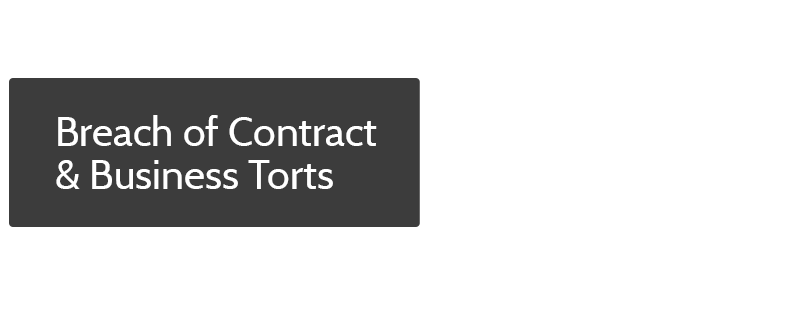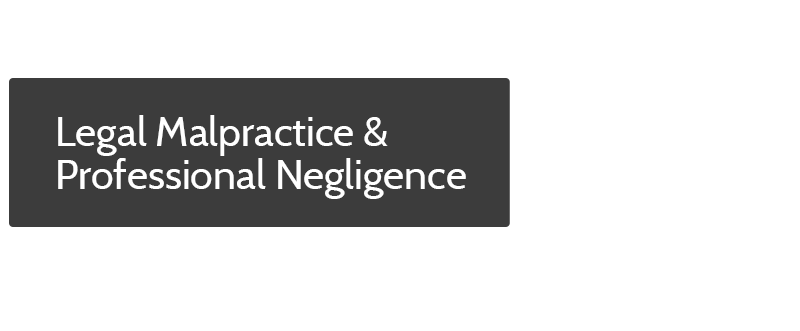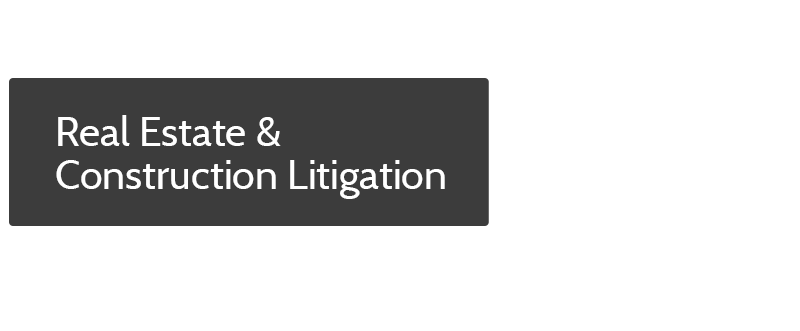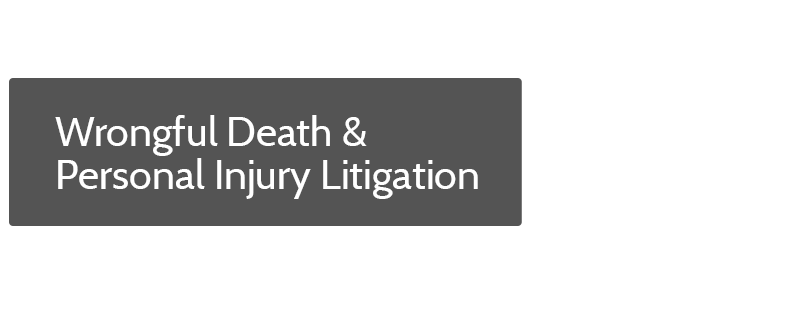What is “Negligence per se”?
NEGLIGENCE PER SE IS A RULE THAT CREATES A PRESUMPTION OF NEGLIGENCE WHERE DEFENDANTS BREAK CERTAIN KINDS OF LAWS
When defendants–including property owners–engage in certain kinds of behavior, the law allows a presumption that negligence has occurred. While this presumption is rebuttable, meaning that a defendant can introduce evidence to prove (s)he was not negligent, the presumption makes it easier for an injured plaintiff to prove his or her initial case.
In order to rebut the presumption, the defendant must prove that (s)he behaved as a reasonable person who wanted to comply with the law would have behaved under similar circumstances. Behaving like “a reasonable person” alone is not enough; the defendant must go a step further and show that reasonable people who wanted to comply with the relevant law would have also behaved as the defendant did–a situation which often complicates the defense in cases where the defendant knowingly broke the law.
HOW DOES A PLAINTIFF PROVE NEGLIGENCE PER SE?
Under the rule of “negligence per se,” a presumption of negligence exists where a plaintiff can prove all of the following (to the requisite standard of proof):
1. The defendant violated a regulation, ordinance, or statute (a law).
2. The defendant’s illegal action caused harm to the plaintiff.
3. The type of harm the plaintiff suffered is the type of harm the statute, regulation, or ordinance was designed to present.
4. The plaintiff belongs to the class or type of people the statute, regulation, or ordinance was intended to protect.
All of these elements must be met for the plaintiff to prove and rely on negligence per se. The analysis of a negligence per se situation is highly fact-specific, as the elements indicate. Not only must the plaintiff prove causation and the defendant’s breach of an applicable law, but also that the law existed to protect people like the plaintiff from the type of harm that the plaintiff actually suffered.
Note that plaintiffs can still prove (and recover against a defendant on) a claim of standard negligence, even in cases where a claim of negligence per se fails. The existence of negligence per se does not foreclose or prevent other types of negligence claims. It merely exists to assist injured plaintiffs in proving negligence where the defendant’s conduct violated one or more applicable laws.
If you have been injured, either on someone else’s property or through someone else’s conduct, contact an experienced attorney promptly for an individual analysis of your legal rights and potential claims. Delay may impact–or cost you–your legal rights.
***
Disclaimer: THIS ARTICLE IS FOR INFORMATIONAL PURPOSES ONLY, AND DOES NOT CONSTITUTE LEGAL ADVICE OR CREATE AN ATTORNEY-CLIENT RELATIONSHIP BETWEEN THE AUTHOR AND ANY PERSON. Your rights and experiences may vary. Never use an online article (including this one) to evaluate your legal claims. Speak with an experienced lawyer promptly to obtain a personalized evaluation of your claims, possible damages, and options. You may lose or compromise your rights if you delay in consulting legal counsel. Negligence and premises liability claims are complicated and fact-dependent. If you believe you have a claim against a property owner who permitted or failed to repair a dangerous condition, or any other type of legal claim, consult an experienced lawyer immediately for an evaluation of your possible rights and claims.














